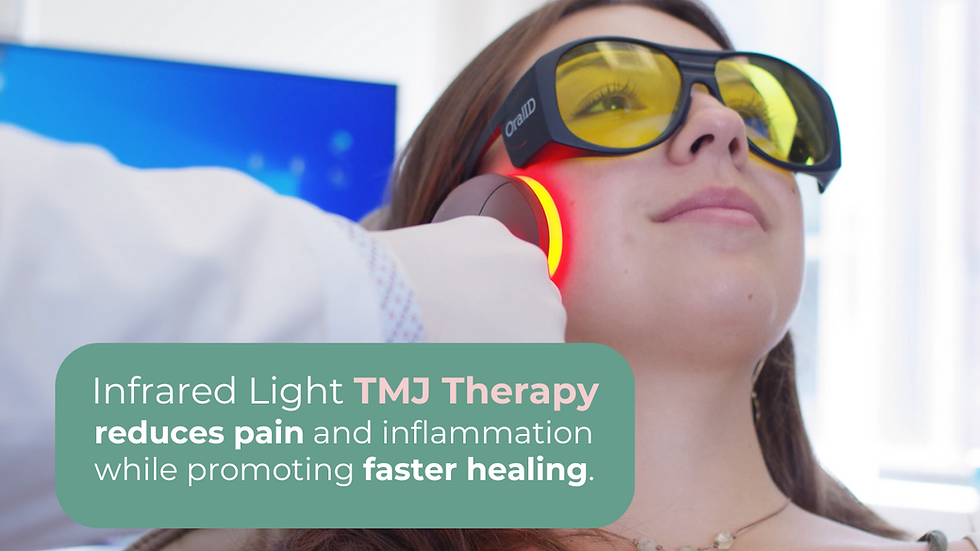24/7 Emergency Dental Care in New York City
Get Immediate Help for Dental Emergencies
If you have suffered from an oral emergency or experienced severe or minor trauma to the mouth or tooth, the best thing to do is first remain calm. Understand that injuries to the mouth, teeth, and face happen frequently with both adults and children. We will help you assess whether or not the accident involved has affected your speaking or chewing abilities, and If consciousness was lost, even briefly, then you should contact a physician immediately. Broken fragments may have entered parts of the lip so if you notice any teeth are missing, you should look for them in case they can be utilized.
Book Your Consultation Today
Take the first step toward a more confident, natural-looking smile. Whether you're looking to fix a small imperfection or enhance your entire smile, our team is here to guide you with personalized, minimally invasive care. Contact us today to schedule your consultation and discover how a simple solution can make a significant difference. We look forward to welcoming you to our office and helping you feel your best—starting with your smile.
Recognizing Dental Emergencies: Signs and Symptoms
The most common dental emergency is a toothache. The signs and symptoms of a toothache include:
Lingering sensitivity to cold
Sensitivity to hot
Spontaneous and constant throbbing pain
Discomfort or pain when chewing or touching the tooth
Swelling or tenderness around the area that hurt
Fever
Handling Severe Toothaches and Dental Trauma
Prescribed or over-the-counter pain medication (dosed for children according to weight and age) may temporarily quiet the symptoms. In case the toothache is originating from the gums, rinse with warm salt water and floss the teeth to remove any food or substance that may be stuck between the teeth or in the gum pocket around the tooth. Antibiotics may become necessary; however, it is recommended that you contact your dentist to help make that determination.
Once seen by our dentist, an examination and x-rays will be performed to verify damage and to help determine the treatment. A comprehensive medical and dental history should also be taken.
Recognizing Dental Emergencies: Signs and Symptoms
Emergency Dentistry in New York City: Local Insights and Resources
In the bustling streets of New York City, dental emergencies can happen at any moment, whether you're enjoying a slice of pizza in Little Italy or taking a stroll through Central Park. Understanding the local landscape is crucial when it comes to addressing urgent dental needs. The New York City Department of Health and Mental Hygiene provides valuable resources for residents, ensuring that you have access to the care you need in times of crisis.
Experience the Difference with Personalized Emergency Dental Care
At Lazare Biomimetic Dentistry and Smile Design, we are committed to providing personalized dental care tailored to your unique needs. Our team understands that every patient is different, and we take the time to listen to your concerns and goals for your oral health. We go above and beyond to ensure you receive the highest level of emergency dental care in New York City.
Swiftly Resolving Patient Dental Problems
Common pain points for New Yorkers include the fast-paced lifestyle that often leads to accidents, such as sports injuries in local parks or mishaps while dining out. Our team at Lazare Biomimetic Dentistry and Smile Design is well-acquainted with these challenges and can help you navigate them.
When faced with a dental emergency, knowing where to turn is essential. We can provide immediate guidance on whether your situation requires a visit to an emergency room or if we can address your needs right here in our practice.
Whether you're in the heart of Manhattan or the outer boroughs, our commitment to providing personalized emergency dental care means that you can count on us to be there when you need us most. Don't let a dental emergency disrupt your day—contact us for prompt assistance and care tailored to the unique challenges of living in New York City.
Success Stories
Just received





Super comprehensive exam and consultation. Dr. Lazare explained everything thoroughly, walked me through his processes, and outlined various options for treatment. He also spent more time with me in one session than all the other dentists I’ve ever been to have collectively.
Judy
Posted on






Dr Marc Lazare and his team are the best in the business. I truly can't think of another Dentist on this planet that I would rather go to. I have been going to him for over 15 years and his care expertise, professionalism, Warmth & knowledge has always been a tremendous comfort.
Big plus- I still, have my original teeth and they look great! thank you Dr. Lazare!
Jacqueline Murphy
Posted on

New





Always the most professional and courteous care. Dr Lazare and his entire staff are stellar!
Lynne Potter
Posted on

Explore Our Full Range of Dental Services
Explore the full range of services offered by Dr. Marc Lazare’s dentistry practice, located in Upper East Side, New York. Whether you're looking for advanced cosmetic treatments, preventative care, or specialized biomimetic solutions, our team is here to help you achieve a healthier, more radiant smile. Discover how we can enhance your dental health and transform your smile—browse our services today!
What Should I Do if My Child’s Baby Tooth Gets Knocked Out (Dental Avulsion of Primary Tooth)?
What Should I Do if My Child’s Adult Tooth Gets Knocked Out (Dental Avulsion of Secondary Tooth)?
What Should You Do When a Tooth Fractures or Gets Chipped?
What Causes a Toothache?
What Should I Do if My Child’s Tooth Get Displaced Outward, Inward or to the Side (Luxation), Pushed Up (Intruded) Or Pushed Dow
What Should Be Done for a Laceration (Cut) Inside the Mouth?
Frequently Asked Questions
Contact us
Address
507 Madison Avenue, Suite 1212, New York, NY 10022
Phone
(212) 861-2599
Office Hours
Monday–Thursday: 9:00 AM – 5:00 PM
Friday: 9:00 AM – 2:00 PM
Saturday & Sunday: Closed






